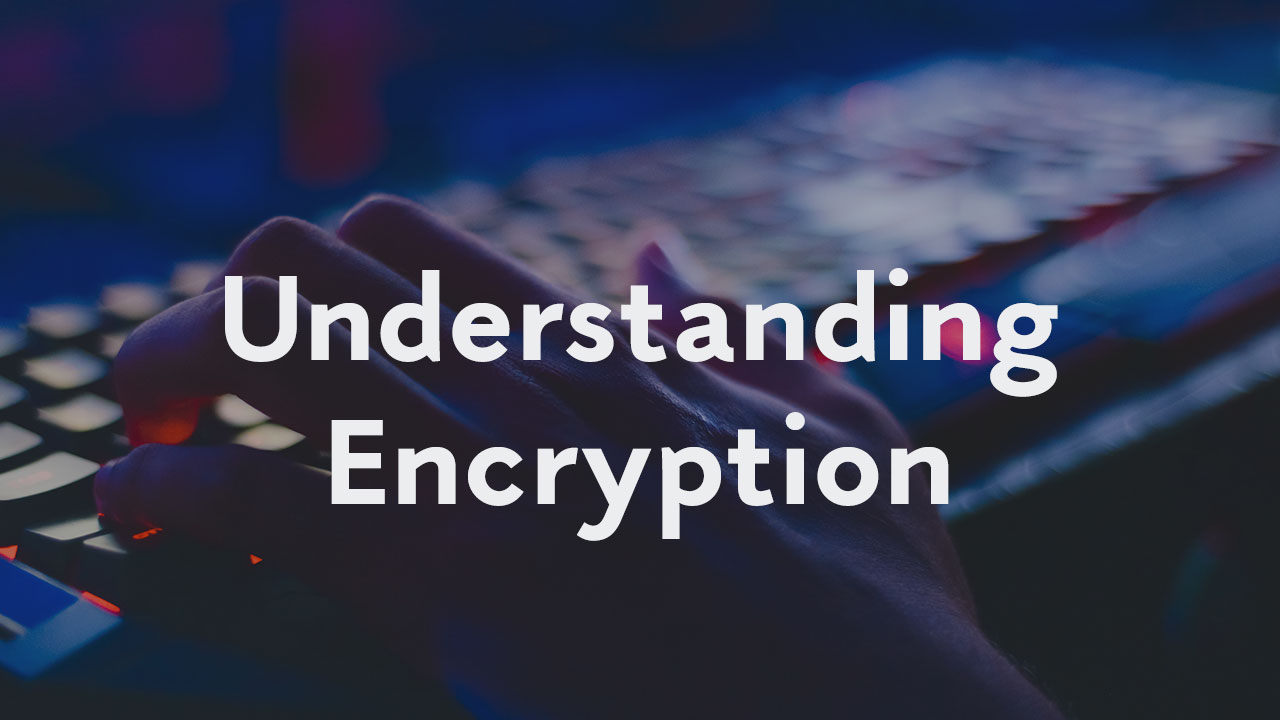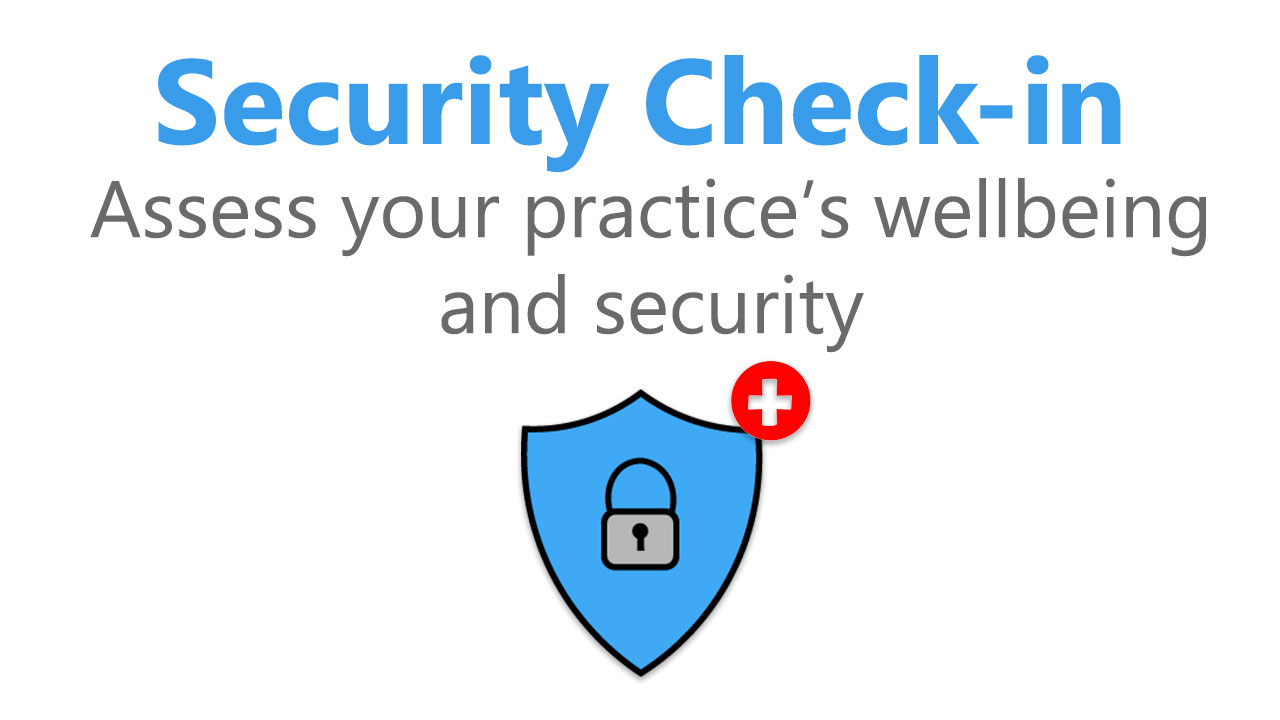Internet-based crime has been steadily rising in frequency each year. Ransomware is becoming more common, notably at the same time as the pandemic’s height in North America. We have addressed the rise of online criminal activity in recent blogs, such as our February blog post discussing why cybercrime has become more prevalent.
With the digitization of much of our everyday tasks, ransomware poses as huge risk to companies, healthcare providers, and even governments. COVID-19 resulted in even more digitization, and therefore a higher occurrence of cyberattacks. In this post we are expanding on our blog post from April 2020 to provide you with some updated advice on protecting your practice from ransomware.
While over half of the cyberattacks occurred via Remote Desktop Protocol (RDP) servers, hackers gained access to servers via phishing (29%). Since dentistry is largely an in-person profession (aside from teledentistry), phishing is the most common way for hackers to access a practice’s data. These attacks can grant hackers access to your practice’s network, which makes your office extremely vulnerable to ransomware.
Key point: be wary of links and strange voice messages
Phishing and vishing are common attempts hackers make to gain access to your practice’s network. Both methods can be seen in a variety of ways – for example, hackers may impersonate someone you know to gain a password, account, or request you send them money directly. Cybercriminals also may appear to be from a government or financial institution, accusing you of being in trouble, or that you owe money. Any unrecognizable message from an unverified source should raise suspicions.
If you suspect you or your office may have received a phishing email, there are multiple tells that you can look for:
- An urgent email from an unknown source – for example, someone you know contacting you claiming to be from a “different email or phone”)
- Emails requesting instant action, such as sending your password or confidential information immediately, or sending money right away.
- Links that don’t match what they are displayed as: if you are considering clicking a link in an email, always hover over the link before opening it. If the destination does not match the displayed link, do not click.
There are more signs to look for, which are detailed in this PDF. If you want more information on ransomware in relation to dentistry, ADA has an informative post on ransomware and cyberattacks, and provides details on how you can avoid losing your practice’s data.
We are always looking for ways to help your practice grow and succeed. Securing your office’s data is the foundation of a flourishing dental office. If your office requires backup services, consider ABEL RBS for your office’s security.
ABELDent User Satisfaction Ratings
1. The Capterra logo is a service mark of Gartner, Inc. and/or its affiliates and is used herein with permission. All rights reserved.
2. The GetApp logo is a service mark of Gartner, Inc. and/or its affiliates, and is used herein with permission. All rights reserved.
3. Gartner Digital Markets reviews are shared across its different brand sites and constitute the subjective opinions of individual end-users based on their own experiences and do not represent the views of Gartner or its affiliates.












